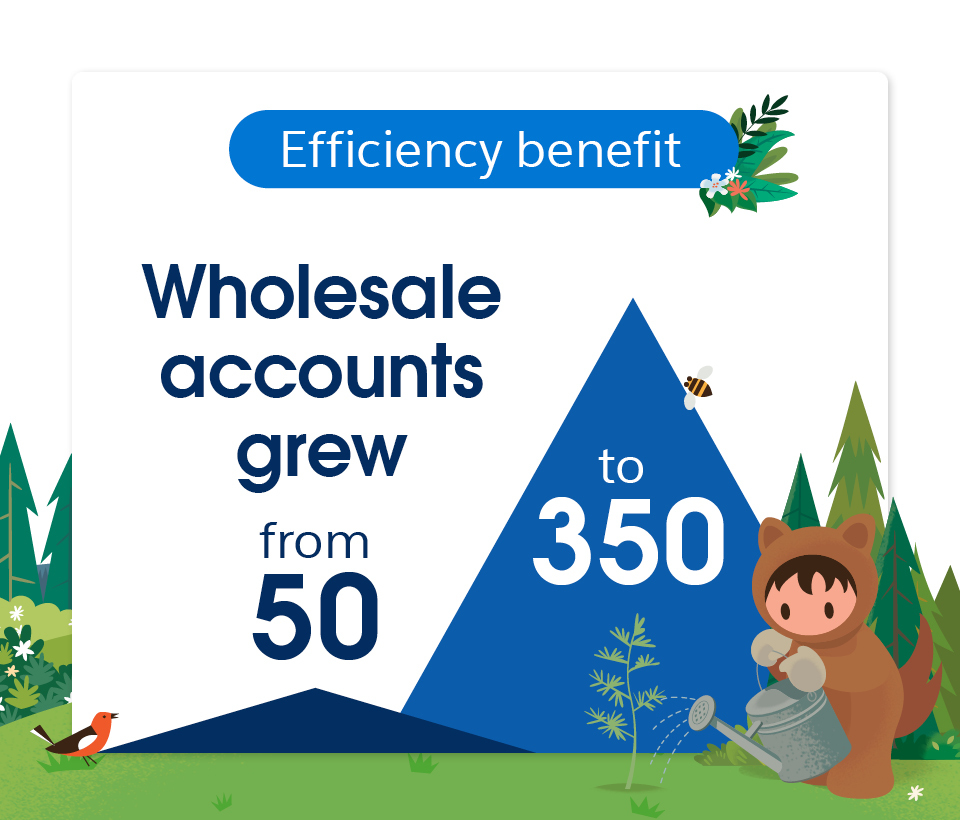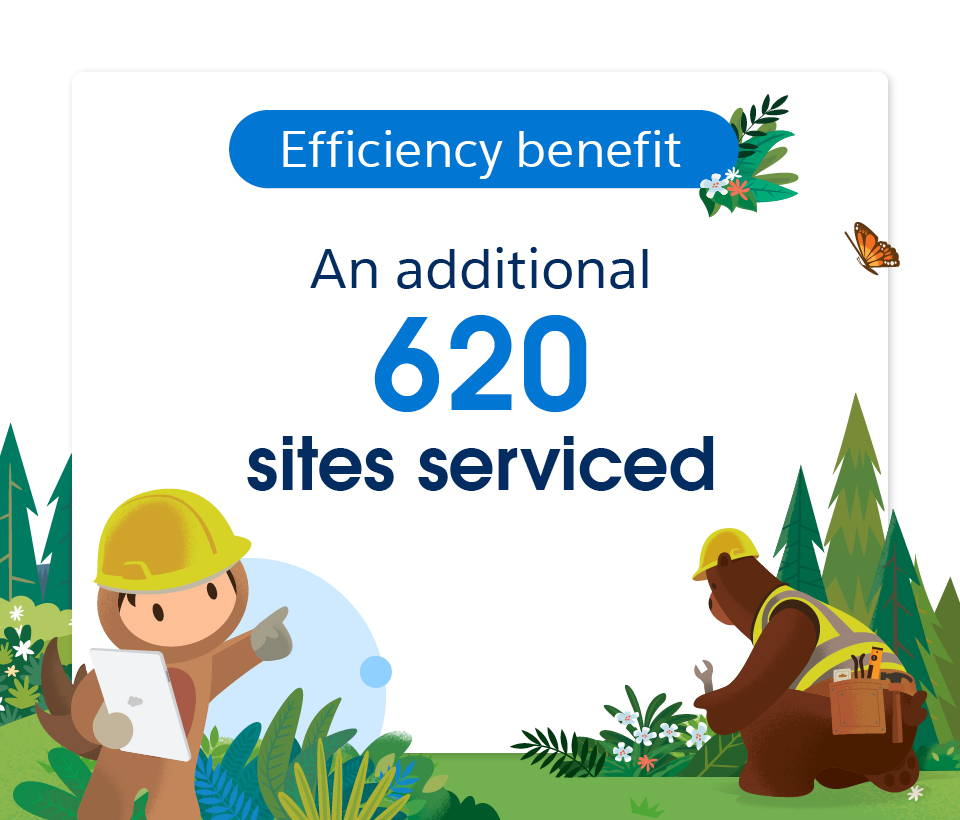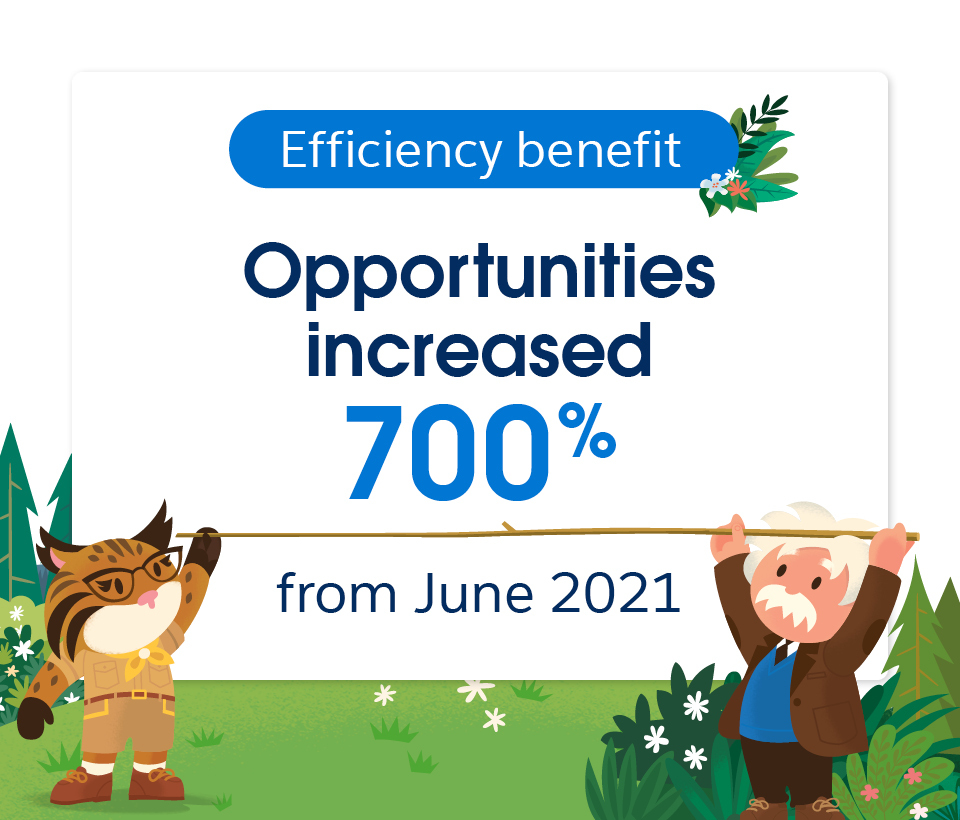Introducing the Small to Medium Business Efficiency Toolkit


Local Trailblazers have revealed how small to medium businesses can cut costs and save time. Find out more in our Business Efficiency Toolkit
Adrian Towsey
Finding business efficiencies and cost savings is critical. Salesforce’s Adrian Towsey explains how the new Small to Medium Business Efficiency Toolkit can help you do it — along with examples from businesses across Australia and New Zealand who are making it happen.
Business fundamentals and getting the basics right are more important than ever, largely thanks to ongoing economic uncertainty. There’s more scrutiny around spending, while finance leaders are increasingly involved in even smaller-budget projects. And investors want to see profitability rather than banking on momentum.
But the million-dollar question is: what are those business fundamentals, exactly? After all, they’re different now than they were twenty years ago.
Many of those fundamentals solidified during the pandemic, with remote work and customer shifts accelerating digitisation. In fact, according to Salesforce research, 71% of growing small businesses say they survived the pandemic because of digitisation. It hints at what we mean by ‘the new fundamentals of business’ — digital technology that automates manual processes, tools that empower productive people, and centralised data that boosts agility and decision-making.
Of course, there are still a few remaining questions. Namely, why are these fundamentals so critical for turning uncertainty into opportunities? And how can you ensure they’re in place in your own business?
To answer those questions, we’ve launched a new Efficiency Toolkit just for small and medium-sized businesses (SMBs). It outlines the new fundamentals of business and provides real-world examples of how businesses in Australia and New Zealand are leveraging them. Plus, you’ll find tools and steps for getting started.
See all the examples from local businesses who are winning with new efficiencies.



Let’s take a look at what’s needed for an efficient business today — and three of my favourite examples from the Efficiency Toolkit.
The new landscape and what it means for business priorities
Some businesses are seeing potential disruption as an opportunity. Others are investing in tech after the pandemic sparked a realisation that they were getting left behind digitally. But, mostly, we’re seeing businesses become more risk-averse.
Regardless of their approach, nearly all businesses are seeing greater scrutiny and needing to cut costs. In some ways, it’s similar to what we saw at the beginning of the 2008 global financial crisis — but there are important differences, ones that should inspire optimism.
In 2008, we saw lots of redundancies and job losses. Now, organisations are investing in talent and leaning on experienced employees to guide them through uncertainty. Why the difference? A lot of it comes back to technology, which forms the basis of new business fundamentals.
These fundamentals are the same regardless of your risk-aversion or industry. What you really need to do is design processes around easy experiences for customers and employees, and automate as much of those processes as you can. Invest in cutting out duplication, manual entry, opportunities for human error and human handling. Your people are more crucial than ever, but automation and tech-enabled efficiencies are necessary to empower them.
Sometimes we see small businesses tackle these goals by investing in siloed point solutions — one for marketing, one for sales, and so on. But so much of the friction and cost is in the processes (or lack of process) between the departments, the little connective tissues that keep teams talking to one another. It’s in the need to create spreadsheets and send them over to someone for upload. It’s in the sales deal that’s completed on paper, then put into a tray to be manually entered in fulfilment and finance systems.
These are the parts of the business that need focus. They’re the manual processes that make it harder for your frontline workers to execute their function from anywhere in real time.
In the new Efficiency Toolkit, you’ll hear from nine Trailblazers in Australia and New Zealand who’ve cut out these sorts of friction points and saw significant benefits. Here are three of them — but be sure to download the full toolkit to see the rest.
3 examples of more efficient businesses
Automating for smarter process management: who is elijah

Within one year, independent fragrance house who is elijah saw its revenue jump from $120,000 AUD per month to nearly half a million per month. Keeping up with demand was difficult enough for its founders to consider scrapping most of its wholesale business, which now accounts for 60% of revenue.
Among other efficiencies, who is elijah used Service Cloud and Xero to automate processes across wholesale management — processes like invoicing, ordering and raising cases. As a result, active wholesale accounts jumped from 50 to 350, even during a time when they had no account manager.
Empowering productive people: Adept Engineering

Adept Engineering’s inspectors help clients keep their pressure equipment safe and compliant. The businesses needed a way to speed up workflows without compromising the high-quality work of their meticulous inspectors.
Spurred by pandemic-related challenges, Adept Engineering targeted those connective tissues I mentioned: information that needed to be handwritten, paperwork that needed to be manually dropped off, schedules that needed sorting from humans.
Salesforce Field Service helped digitise many of these processes, removing manual data entry and automating daily schedules. These efficiencies meant Adept Engineering was able to service an additional 620 sites, even without hiring new administrators.
Growing through efficiency: 360 MMS

I love this example because it so effectively shows that cutting costs and driving efficiency isn’t about going into a defensive crouch. For Australian non-bank lender 360 Mortgage Management Services (360 MMS), new efficiencies helped them grow their headcount from 5 to 30 in only a year and a half.
The business offers a range of solutions to mortgage brokers, referral partners and direct clients. To provide the kind of service that would help them keep clients and grow their opportunities, they needed to ensure speed and accuracy around service-level agreements (SLAs). 360 MMS was able to achieve this by automating SLA workflows, cutting out manual tasks and risks of human error. And it paid off — opportunities have increased by a staggering 700% since June 2021.
Build the most efficient version of your business
Even if you’re already using digital tools, or maybe you’re even a digital-first business, there are almost always workflows and processes that can be smarter, faster, less risky.
Those are the parts of your business that need targeting. Empowered people and centralised, smarter process management will help businesses navigate whatever uncertainty might come their way — and ensure they’re even stronger on the other side.
See all 9 Trailblazer examples in the Small to Medium Business Efficiency Toolkit























